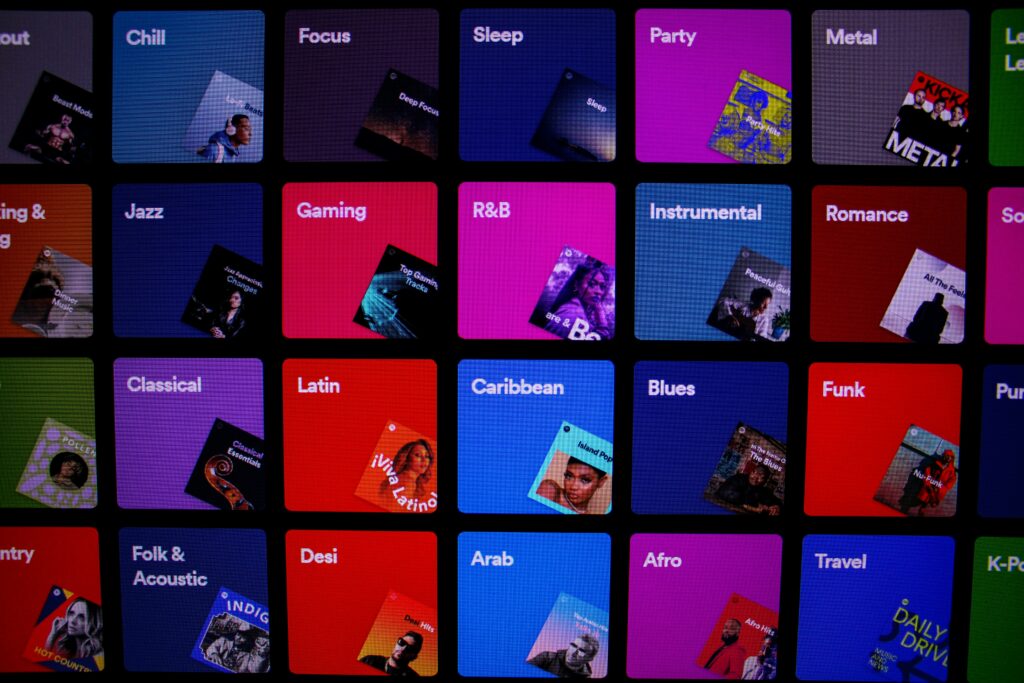
Introduction
Remember the good old days of Napster when music flowed freely, and we reveled in the euphony without loosening our purse strings? Spotify brought back that vibe in 2008, offering a treasure trove of music through its Free service, funded by ads and the premium option. However, a recent tweak in Spotify’s privacy policy raises eyebrows and beckons us to delve into the fine print.
The Unveiling of Changes
Last week, Spotify users were prompted to give the nod to a revamped privacy policy. While some sailed through the process obliviously, others perked up at the strange new demands, leading to a surge of discontent.
Access to Personal Data

The updated policy, masked in legalese, sought access to users’ photos, contacts, and even location data. The question on everyone’s lips: Why does a music streaming service need to know where we are, let alone scan through our photo albums?
Backlash on Social Media
Predictably, social media exploded with disgruntled users expressing their intent to sever ties with Spotify. Tweets like “@Spotify I loved you like no other music service but now you want to mine my personal life. I thought this was special. #cancelspotify” flooded the digital landscape.
The Apology
In the midst of the chaos, Daniel Ek, Spotify’s CEO, stepped in with an official response, aiming to douse the flames of discontent.
Clarifications on Access
Ek clarified the specifics: photos would only be accessed with explicit permission, contacts would not be scanned without consent, and location data would only be utilized to enhance recommendations or notify users about local music trends.
Addressing Privacy Concerns
Spotify’s CEO addressed concerns about data sharing with advertisers, mobile networks, and rights holders. The crux: some data sharing is inherent, but personal information remains safeguarded through de-identification techniques.
Lessons Learned

Is this privacy policy overhaul unique to Spotify? Not quite. Other streaming services like Pandora, Rdio, and Google Play Music also make comparable demands. Spotify, though not exempt from criticism, is attempting transparency amid an industry-wide trend.
A Systemic Predicament
The heart of the matter lies in the systemic nature of these demands. Instead of an all-encompassing agreement, users should be prompted for consent as they engage in specific functions requiring specialized access.
FAQs: Unraveling the Spotify Privacy Policy
H3: Why Does Spotify Need Access to Photos?
Access to photos enables features like personalized cover art for playlists. While not crucial for basic music functionality, it enhances user experience.
H3: Can I Trust Spotify with My Data?
Spotify’s CEO, Daniel Ek, promises responsible use of data and explicit user consent. Trust is subjective, but the commitment to responsible handling is evident.
H3: How Does Spotify Compare to Other Services?
Various streaming platforms, including Pandora and Google Play Music, make comparable demands. Spotify’s attempt at transparency is part of an industry-wide movement.
H3: Are These Changes Unprecedented?
While not excusable, Spotify’s policy aligns with practices observed in other popular streaming services. It sheds light on an industry-wide approach to data collection.
Qnap vpn redirect gateway
Qnap VPN redirect gateway involves configuring your QNAP NAS to redirect its internet traffic through a VPN. To achieve this, you need to follow specific steps within your QNAP device settings. Here’s a concise guide:
- Access VPN Settings: Log in to your QNAP NAS and navigate to the VPN client settings.
- Choose a VPN Provider: Select ForestVPN or your preferred VPN provider from the list of supported services.
- Enter Credentials: Input your ForestVPN credentials to establish a connection securely.
- Configure Redirect Gateway: Enable the “Redirect Gateway” option within the VPN settings. This directs all NAS internet traffic through the VPN for enhanced security and privacy.
- Apply Settings: Save your changes, and your QNAP NAS will now route its internet traffic through the VPN, ensuring a secure connection.
By redirecting your QNAP VPN gateway through ForestVPN, you bolster your online privacy and security. For a seamless experience, explore ForestVPN at ForestVPN.com.
